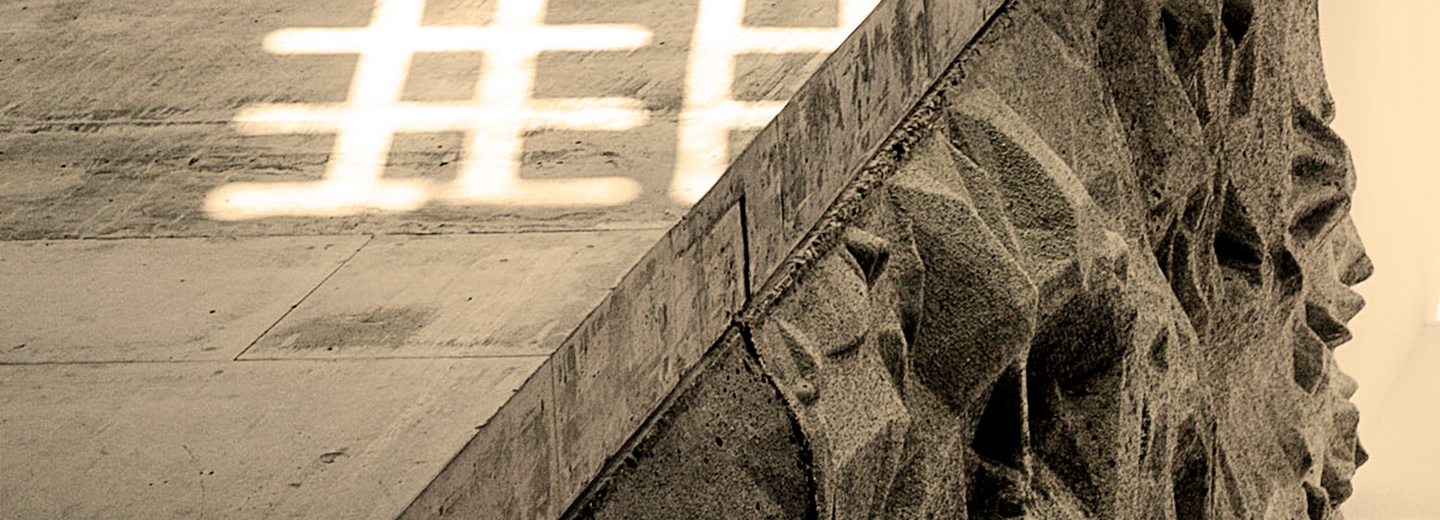
Robot to learn surgical sewing
In the future, surgeons will hand over the needle and thread to a robot. Robots from SDU have been on apprenticeship at OUH to learn from the best surgeons so that the robots can take over the tedious work.
Operation wounds need to be stitched up afterwards. It is routine work that doctors undertake thousands of times every day. But now robots will take over the needle and thread. Remote-controlled robots have long since moved into hospitals, but now they will be upgraded so that in the future they can assist surgeons .
- It's about automating the tedious work. It will be a great advantage for the surgeon if he can tell the robot: You should sew from here to there with this thread. For example, this could be in connection with inner seams in so-called keyhole surgery, says Associate Professor Thiusius Rajeeth Savarimuthu from the Maersk Mc-Kinney Moller Institute at the University of Southern Denmark.
Practising on foam
The University of Southern Denmark and Odense University Hospital have invested in a Raven robot. The Raven is a robot platform which researchers will develop further so that the robot's fingers become so steady that it can move into the operating theatre.
But for now, the stiff robot fingers are practising stitching foam in the laboratory at SDU. The robot holds the foam in place with one hand while the other hand tries to get the needle into the soft material. To become more confident with using it's hands, the robot has been sent on apprenticeship with the most skilled surgeons at OUH.
Thiusius Rajeeth Savarimuthu is busy filming the surgeon's work. He can convert the surgeon's detailed movements into robot language so the robot can precisely repeat the movements. In this way the patient will get the best treatment.
Library of movements
- By filming the surgeon's movements during an operation, we can create a library of movements for the robot so that it can learn how to operate. The robot will learn from the experts and repeat their work, explains Thiusius Rajeeth Savarimuthu.
But one of the greatest challenges in developing robots that can become a surgeon's colleague is that no operation is the same. All people are different, and tissue and skin behaves differently.
- We need good models for how tissue behaves when we make an incision or give an injection. That is also why we are practising on foam - we're working on soft-tissue modelling to create good models before we can automate the process, says Thiusius Rajeeth Savarimuthu.